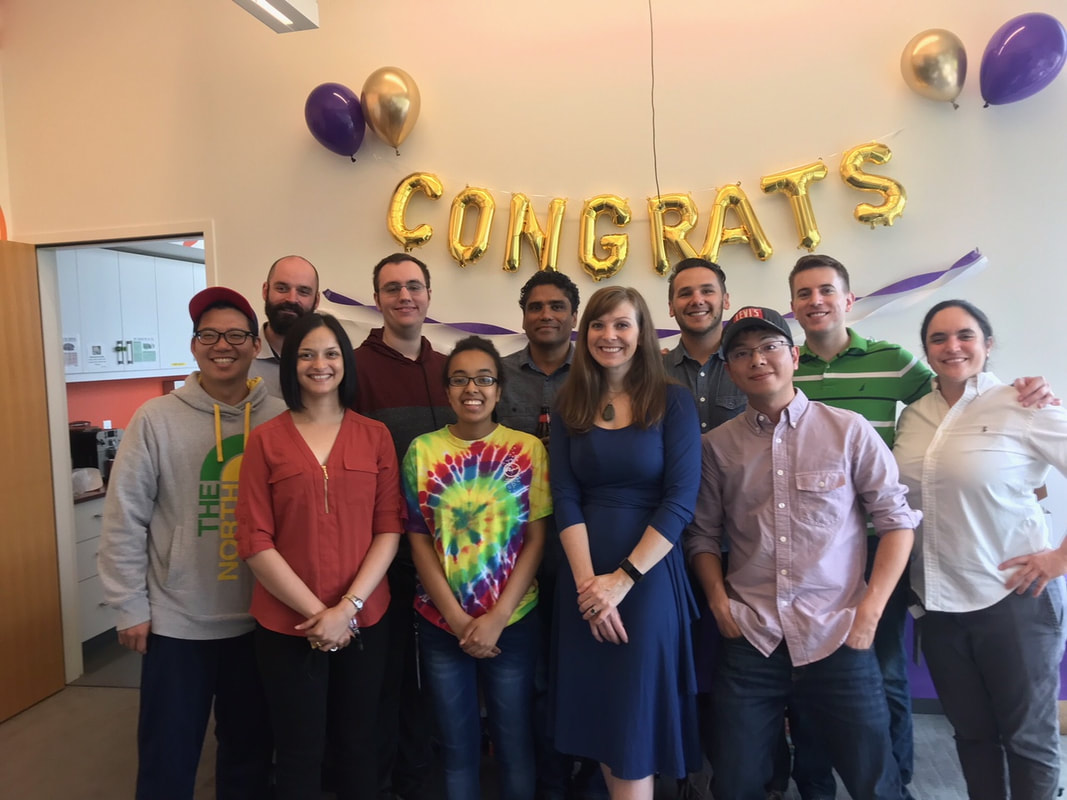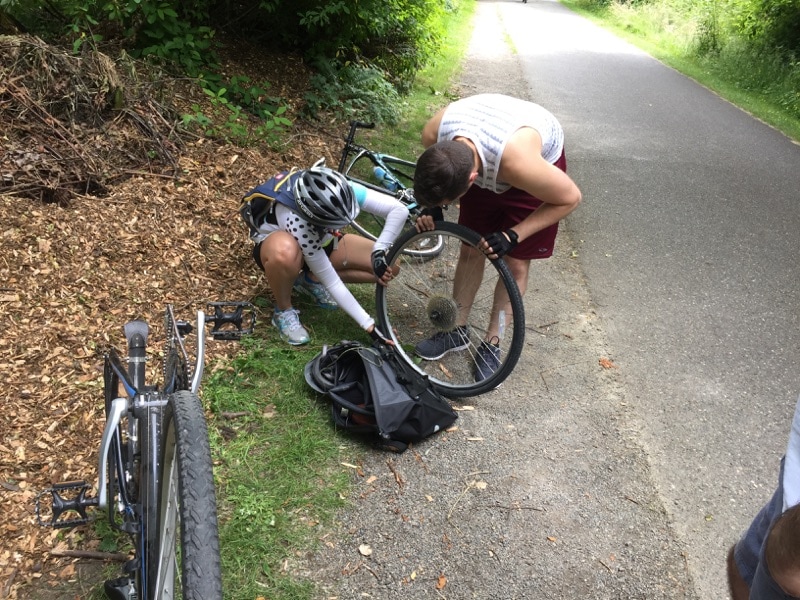|
Congratulations to Dr. Nandan Gokhale on receiving a three-year Helen Hay Whitney Foundation Fellowship award. Way to go Nandan!
The Helen Hay Whitney Foundation provides support for early postdoctoral research training in all basic biomedical sciences with the ultimate goal of increasing the number of imaginative, well-trained and dedicated medical scientists. A very prestigious award; on average, only 5% of applications receive funding. New 2020 TL1 Program Cohort Joins ITHS
|




